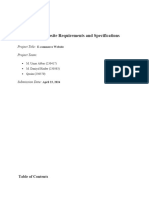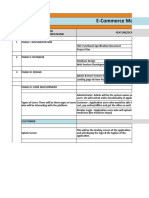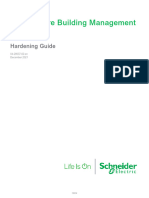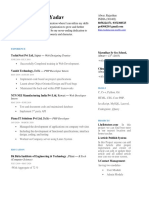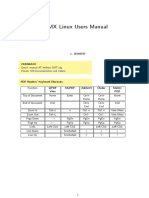0% found this document useful (0 votes)
33 views4 pagesFunctional Specification Document
This document outlines the functional specifications for a generic e-commerce web application, detailing its features, user interface, and data requirements. The application consists of a Customer Module for browsing and purchasing products and an Admin Module for managing inventory and orders. Key functionalities include user registration, product catalog management, payment processing, and order management, along with non-functional requirements like performance, security, and usability.
Uploaded by
Cimong Gembel123Copyright
© © All Rights Reserved
We take content rights seriously. If you suspect this is your content, claim it here.
Available Formats
Download as PDF, TXT or read online on Scribd
0% found this document useful (0 votes)
33 views4 pagesFunctional Specification Document
This document outlines the functional specifications for a generic e-commerce web application, detailing its features, user interface, and data requirements. The application consists of a Customer Module for browsing and purchasing products and an Admin Module for managing inventory and orders. Key functionalities include user registration, product catalog management, payment processing, and order management, along with non-functional requirements like performance, security, and usability.
Uploaded by
Cimong Gembel123Copyright
© © All Rights Reserved
We take content rights seriously. If you suspect this is your content, claim it here.
Available Formats
Download as PDF, TXT or read online on Scribd
/ 4






